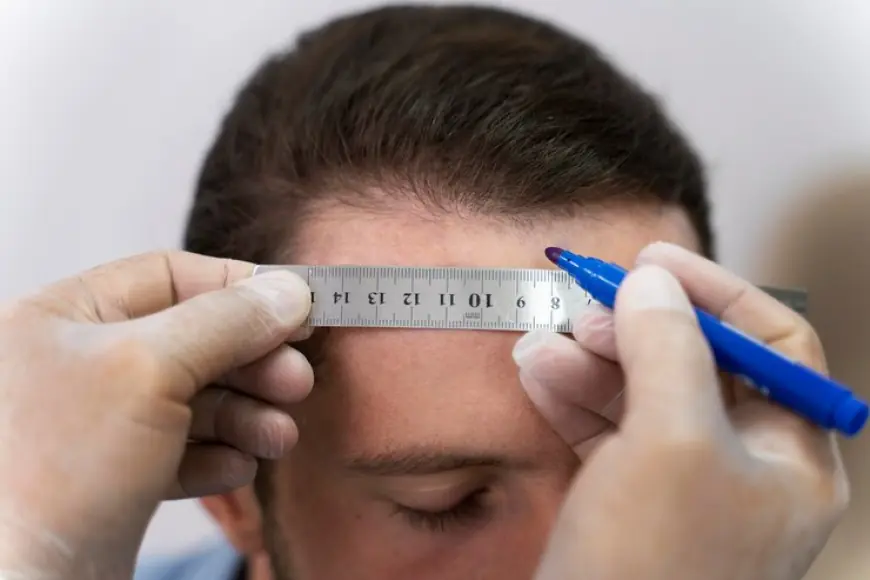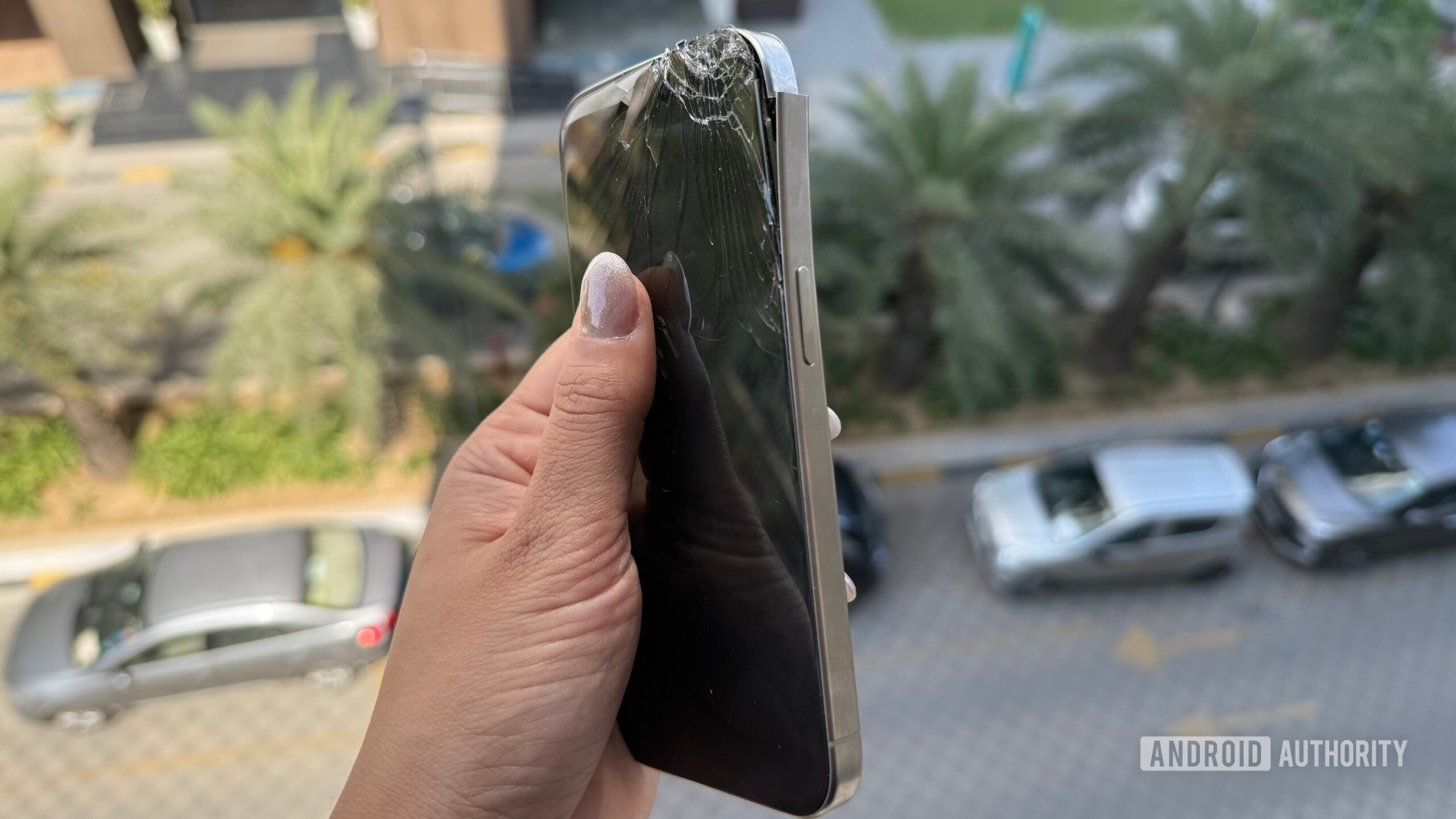A Step-by-Step Guide to Hair Transplant Recovery
Worried about your hair loss and baldness if yes forget all your worries. Enfield Royal Clinic has introduced effective Best Hair Transplant in Dubai & Abu Dhabi for restoring the lost hair

Undergoing a hair transplant can be a life-changing decision for many individuals experiencing hair loss. While the procedure itself is minimally invasive, the recovery process requires careful attention to ensure optimal results. This guide will walk you through the step-by-step recovery process after a Hair Transplant in Dubai, from the initial days post-surgery to long-term care, so you can enjoy a full and natural-looking head of hair.
Understanding the Hair Transplant Procedure:
Before diving into the recovery steps, it’s important to understand what happens during a hair transplant. The two most common methods used are Follicular Unit Extraction (FUE) and Follicular Unit Transplantation (FUT). Both involve harvesting hair follicles from a donor area, typically the back or sides of your head, and transplanting them into areas with thinning or no hair.
The recovery process varies slightly depending on the method used, but the general principles of post-surgical care remain the same.
The First 24 to 48 Hours: Immediate Aftercare:
The first two days after your hair transplant are critical in ensuring a smooth recovery. Here's what you can expect:
Post-Op Care Instructions:
Immediately following your procedure, your surgeon will provide specific post-op instructions. These may include:
- Protecting the transplanted area: You will need to keep your scalp safe from any trauma during the initial healing phase.
- Pain management: You may experience mild discomfort or swelling in the donor and recipient areas. Your surgeon will recommend over-the-counter painkillers or prescribed medication to manage this.
- Avoid touching the scalp: It’s important not to touch, scratch, or rub the transplanted area during the first few days.
Rest and Recovery:
Plan to take it easy during the first 24 to 48 hours. You may experience some swelling, especially around the forehead and eyes. Sleeping with your head elevated can help minimize swelling. Avoid any strenuous physical activity, as excessive movement or pressure could dislodge the grafts.
Days 3 to 7: Initial Healing Phase:
During the first week of recovery, the transplanted hair follicles are taking root in their new positions. While the healing process is underway, it’s essential to follow the instructions from your hair transplant surgeon closely.
Cleaning and Shampooing:
You may be instructed to gently cleanse your scalp with a mild, non-abrasive shampoo starting on day 3. Make sure to follow your surgeon’s advice on how to wash your hair carefully. Avoid rubbing the transplanted area; instead, apply light pressure to clean it.
Avoid Direct Sun Exposure:
For the first week, it’s important to keep your scalp out of direct sunlight. The sun’s rays can irritate the sensitive skin on your scalp and affect the healing process. If you must go outside, wear a loose hat or use sunscreen recommended by your surgeon.
Swelling and Itching:
Swelling can peak in the first 3-5 days but should begin to subside after the first week. Itching is common as the scalp heals, but scratching the transplanted area can damage the grafts. Over-the-counter remedies or prescribed medications can help alleviate the discomfort.
Week 2 to 4: Recovery Continues:
By the second to fourth week, the bulk of your initial recovery should be complete. However, there are still some important aspects to focus on during this period.
Shedding of Transplanted Hairs:
It’s completely normal for the transplanted hair to fall out during this stage. This process, known as "shock loss," occurs as the hair follicles adjust to their new location. Don’t be alarmed—this is a natural part of the healing process, and new hair should begin to grow in a few months.
Gradual Return to Normal Activities:
At this stage, most patients feel comfortable returning to their normal activities. However, it’s important to still avoid high-impact exercises or anything that could cause excessive sweating or irritation to your scalp. Continue to protect your scalp from sun exposure and harsh weather conditions.
Month 1 to 3: The Growth Phase:
During the first three months following your hair transplant, you may not see significant visible changes as your new hair follicles begin to establish themselves.
Patience Is Key:
This is the period where patients need to exercise patience. While it’s easy to get excited about your new hair, the transplanted follicles are still in the early stages of growth. You may experience hair thinning or see little growth during this time, but this is entirely normal.
Hair Growth Cycle:
The transplanted hair will begin to enter the telogen phase (resting phase) around the first to third month. This means you may notice the newly transplanted hair shedding. In most cases, new growth will emerge around the third month, though the process is gradual.
Month 4 to 6: New Growth Starts to Show:
After the initial three months, you will begin to see visible signs of new hair growth. While the hair is still in the early stages, you will notice a subtle change.
Continued Hair Growth:
By the fourth month, many patients see a significant improvement in hair density and coverage. The growth will be soft, fine, and lighter in color, but it will continue to thicken and darken as the months go by.
Follow-Up Appointments:
During this stage, you will likely have a follow-up appointment with your surgeon to ensure that your scalp is healing well and that the transplant is progressing as expected. Your doctor may recommend additional treatments, such as PRP therapy (Platelet-Rich Plasma) to stimulate hair growth and improve the results.
Month 6 to 12: Full Results Begin to Show:
By the sixth month to a year post-surgery, you will begin to notice substantial growth and a fuller, thicker hairline.
Full Hair Growth:
Most people see the full results of their hair transplant between 9 to 12 months. At this point, the transplanted follicles will have matured, and the hair will be much thicker and stronger. The final aesthetic outcome is visible, and you can enjoy a natural-looking hairline.
Long-Term Hair Care:
At this stage, you should be able to resume your regular hair care routine, but it’s essential to continue protecting your scalp from sun damage. If you experience any issues such as thinning or patchy growth, consult with your surgeon to explore further treatments.
Maintaining Long-Term Results:
After a successful recovery, it’s essential to maintain the health of your hair to prevent further hair loss.
Healthy Lifestyle and Diet:
Maintaining a balanced diet rich in vitamins and minerals can support the continued health of your hair. Consider adding supplements like biotin, zinc, and vitamin D to your routine, but consult with your doctor before starting any new supplement regimen.
Regular Follow-Ups:
Follow-up appointments with your surgeon are crucial for monitoring the success of the transplant. If you have any concerns or notice any abnormal hair loss, don’t hesitate to consult your doctor for advice.
Conclusion:
The recovery from a hair transplant is a gradual process that requires careful attention and patience. By following the post-surgery care instructions and understanding the phases of recovery, you can ensure the best results from your procedure. Though the initial weeks may require some adjustments to your daily routine, the long-term benefits of a fuller, natural hairline will be well worth the effort.
What's Your Reaction?
 Like
0
Like
0
 Dislike
0
Dislike
0
 Love
0
Love
0
 Funny
0
Funny
0
 Angry
0
Angry
0
 Sad
0
Sad
0
 Wow
0
Wow
0
Related Posts
dfggggggggggggd
Beverly Medspa Nov 30, -0001 0




















































